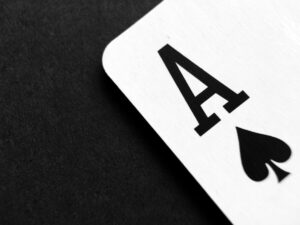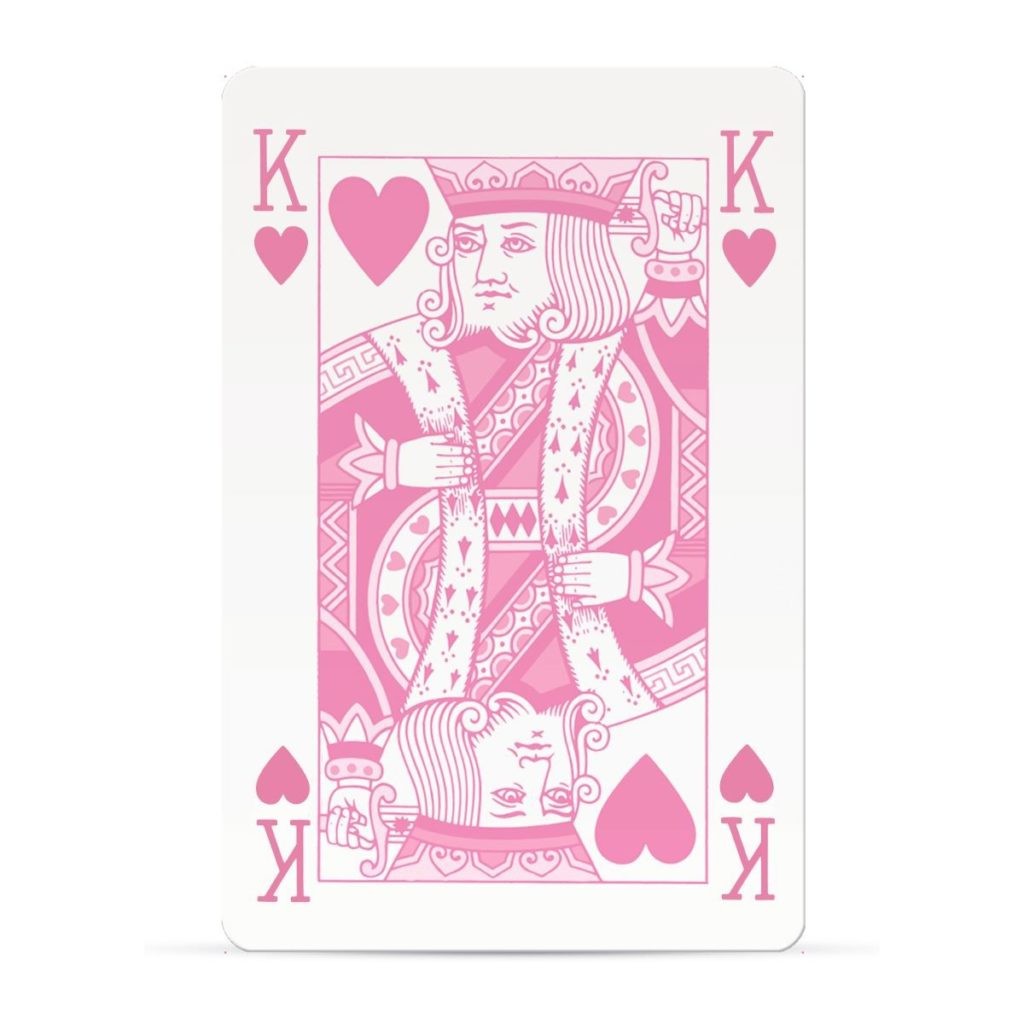A fascinating looking into the world of casino chip collecting with Joel Reznick, owner of Frog Pond Collectables.
 We live in a pretty world time. Political turmoil the world over, growing environmental concerns, a pandemic. As it has sometimes been said “There are decades where nothing happens, and there are weeks where decades happen“. But even after all of the current madness is factored in, my mind still returns from time to time to the woman who had GoldenPalace.com tattood on her forehead.
We live in a pretty world time. Political turmoil the world over, growing environmental concerns, a pandemic. As it has sometimes been said “There are decades where nothing happens, and there are weeks where decades happen“. But even after all of the current madness is factored in, my mind still returns from time to time to the woman who had GoldenPalace.com tattood on her forehead.
While I would usually commend companies for thinking ‘outside of the box’ with their advertising campaigns, whoever decided to go along with this idea was clearly on a wind up that went a step too far. Not only was it ill-advised on their part, but clearly the woman in question, 30 year old Kari Smith, can’t have been the full ticket either. Admittedly it was inventive of her to come up with the idea of auctioning off advertising space on her own forehead, but the reality of the result is perhaps more a combination of sad and strange.
The winning bid of $10,000 resulted in her having the website address GoldenPalace.com written on her forehead in permanent black block letters. Smith pledged to use the money for her son’s education, so there was at least one sane decision made during this process. She remained adamant throughout said that she didn’t have any regrets about getting the forehead tattoo. Much to my amusement there is, in fact, an entire Wikipedia page dedicated to forehead tattoos.
The question on everyone’s lips though, must now surely be ‘does she still, to this day, have the tattoo?’. It’s now 15 years since that fateful day, and *drumroll* I can confirm that in 2012 GoldenPalace.com actually paid for her to have the tattoo removed. They no doubt wanted to step back from their more controversial advertising strategies. In the early 2000s this included paying multiple individuals, not just Smith, to get forehead and body tattoos of their web address. They also paid $28,000 for a cheese sandwich on eBay alleged to have the image of the Virgin Mary on it, and paid a woman $15,199 to have her name legally changes to GoldenPalace.com!
 The late Thomas Austin Preston, Jr., popularly known as ‘Amarillo Slim’, who died in 2012 at the age of 83, was arguably the most famous poker player of the twentieth century. Born in Johnson, Arkansas on New Year’s Eve, 1928, Preston moved to Amarillo, Texas to live with his father, Thomas Preston, Snr., at the age of 16, following the divorce of his parents.
The late Thomas Austin Preston, Jr., popularly known as ‘Amarillo Slim’, who died in 2012 at the age of 83, was arguably the most famous poker player of the twentieth century. Born in Johnson, Arkansas on New Year’s Eve, 1928, Preston moved to Amarillo, Texas to live with his father, Thomas Preston, Snr., at the age of 16, following the divorce of his parents.
The following year, Preston enlisted in the Navy, but spent much of his time as a bluejacket hustling in pool halls on the West Coast, which is where his nickname originated. Indeed, such was his aptitude as a ‘road warrior’ that, when he left the Navy three years later, he had over $100,000 to his name. However, by his own admission, he had lost it all within a year.
Later in his career, from 1964 onwards, Preston travelled the Southwestern United States, playing ‘underground’ poker alongside Doyle ‘Texas Dolly’ Brunson and Brian ‘Sailor’ Roberts. However, in 1972, Preston beat Walter ‘Puggy’ Pearson to win the Main Event of the World Series of Poker (WSOP) at Binion’s Horseshoe in Downtown Las Vegas and, together with $80,000 in prize money, the unofficial title of ‘World Champion’.
Preston subsequently became an international celebrity and made regular appearances on television programmes, including ‘The Tonight Show Starring Johnny Carson’. Indeed, he is credited with starting poker, especially his favourite variant, Texas Hold’em, on the road to respectability. All told, Preston won five 22-carat WSOP gold bracelets and in excess of $500,000 in tournament earnings during his career. He was inducted into the Poker Hall of Fame, created by Benny Binion in 1979, in 1992.




